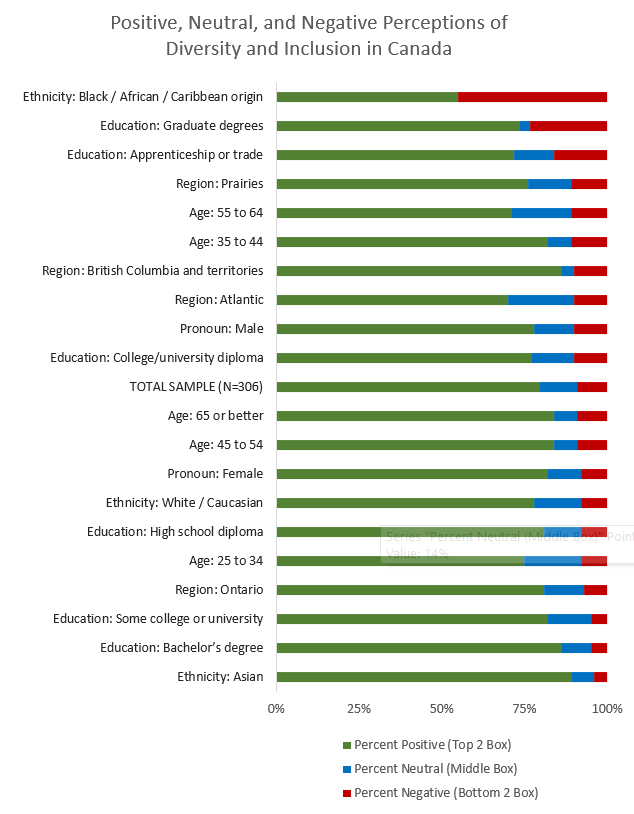By Kim Storer
Market researchers and brand managers have many tools available to them, from focus groups, to interviews, questionnaires, communities, facial coding, and more. So why would they choose an IHUT? Well, IHUTS offer numerous benefits.
 Touchy feely products: It’s always nice to know what people think about a product they’re looking at on their computer or mobile device, but opinions about images can’t compare to actually holding a product in your own hands and testing out the product yourself. Paper packages feel different – some are smooth, glossy, rough, or silky. Beauty products have a variety of scents – vanilla, apple, musk. And of course, you can’t taste beer or coffee or chocolate over the internet. These types of sensory comparisons simply can’t be done via the digital world. Yet…
Touchy feely products: It’s always nice to know what people think about a product they’re looking at on their computer or mobile device, but opinions about images can’t compare to actually holding a product in your own hands and testing out the product yourself. Paper packages feel different – some are smooth, glossy, rough, or silky. Beauty products have a variety of scents – vanilla, apple, musk. And of course, you can’t taste beer or coffee or chocolate over the internet. These types of sensory comparisons simply can’t be done via the digital world. Yet…- Natural environment: IHUTs offer people the opportunity to test products at home in a natural environment. When it comes to food, there is simply no laboratory match to cooking in your own space-limited kitchen with your own stove’s quirky temperature gauge and your own cooking utensils that never seem to work quite right. Similarly, there is no match to testing out a new cleaning product on the spills and scratches left on your toddler’s rocking chair and the counter tops you just bought from Home Depot. Using a natural environment means that people get a genuine sense of whether they like or dislike a product, and researchers can see exactly where products are used, how products are used ‘improperly,’ who used the products, and what other products are used with them (perhaps there’s a co-branding opportunity hiding in there!).
- Broader audience: IHUTs allow researchers to learn opinions not only of the participant but also of the family and friends of the participant. Some products, such as home and personal care products are very likely to be shared among family members whose viewpoints are just as important as, and sometimes even more important than, the individual selected to participate in the test. Other products, such as snacks and beverages, are likely to be shared with friends who might have completely different viewpoints about which snacks they want you to bring to the next group watching of Game of Thrones. IHUTs are a great way to learn how household members and friends of different ages, genders, and backgrounds experience the product.
- No outside influencers: Unlike other in-person methodologies, in-home tests avoid the potential influences of outsiders. In group sessions, researchers must take great care to avoid group think which can inappropriately lead people to offer opinions that they didn’t originally have. Similarly, social desirability can cause people to avoid sharing their true opinions for fear of looking bad to other group members or the researcher. The only people who can influence someone participating in an IHUT are the people who would regularly influence that person’s buying decisions – their family and friends.
- Broader geography: Rather than only gathering opinions from city-dwellers, as is often the case with central location testing wherein participants travel to a predetermined location, IHUTs can easily gather opinions from people who live far from any central location. People who live in remote, rural, or low population locations can easily share their opinions without having to book a $1000 flight into the big city.
- Difficult to recruit: Some people are simply unable to travel regardless how close the central location is. Elderly people or people caring for young children may not want to make the trip to when the weather is really cold or really hot. Other people have no travel options available to them if they are on a limited budget. IHUTs make it really easy for everyone to share their opinions, and for you to create more statistically sound results.
There are so many great reasons to conduct an IHUT. Perhaps now is the time for you to think about conducting your first one. Feel free to ask us for a quote!
You might like to read these:



